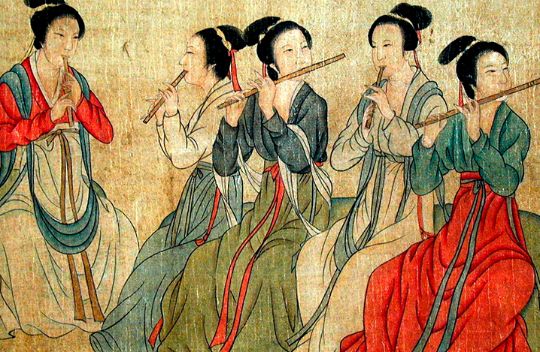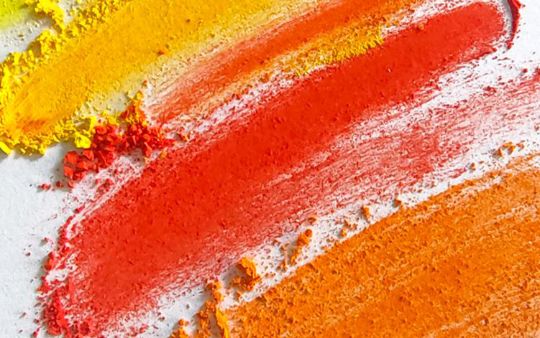THE HISTORY OF THE PIGMENTS
We will get acquainted with the history of some pigments especially important for watercolour, from which in the old days artists made their colours until synthetic pigments of a new epoch appeared in their palette.
BLACKS.
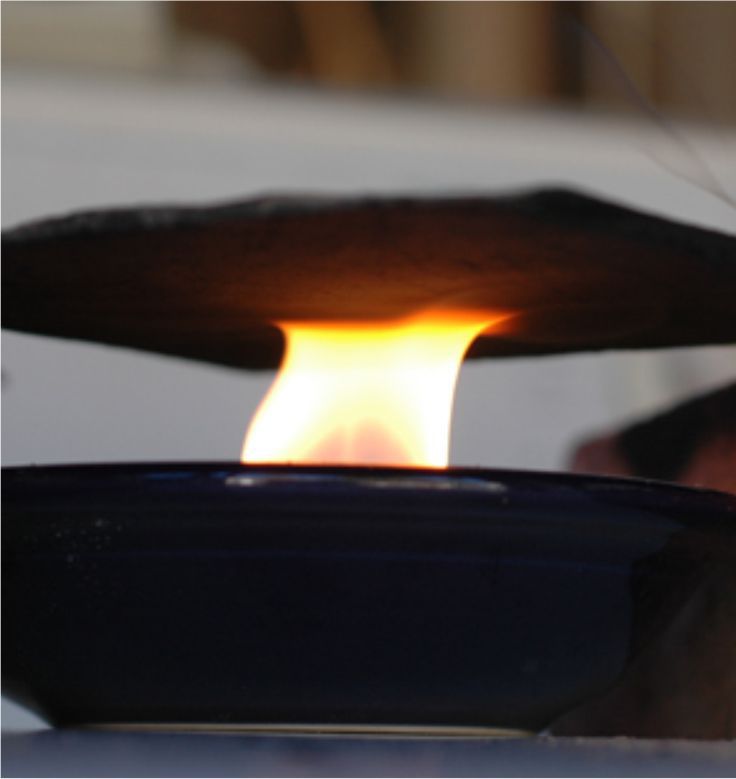


WHITES.
White lead is one of the first artificially created pigments in history. It was obtained by oxidizing lead plates which were poured with grape vinegar and then buried in earth or dung, thereby forming a white powder of acetic lead salt. Beautiful, pure in colour white paint based on lead pigment has been popular in Europe since IV century BC, however, it was extremely poisonous. In watercolours, already at the end of the XVIII century, lead white was gradually abandoned, because they were replaced by new ones - zinc white.
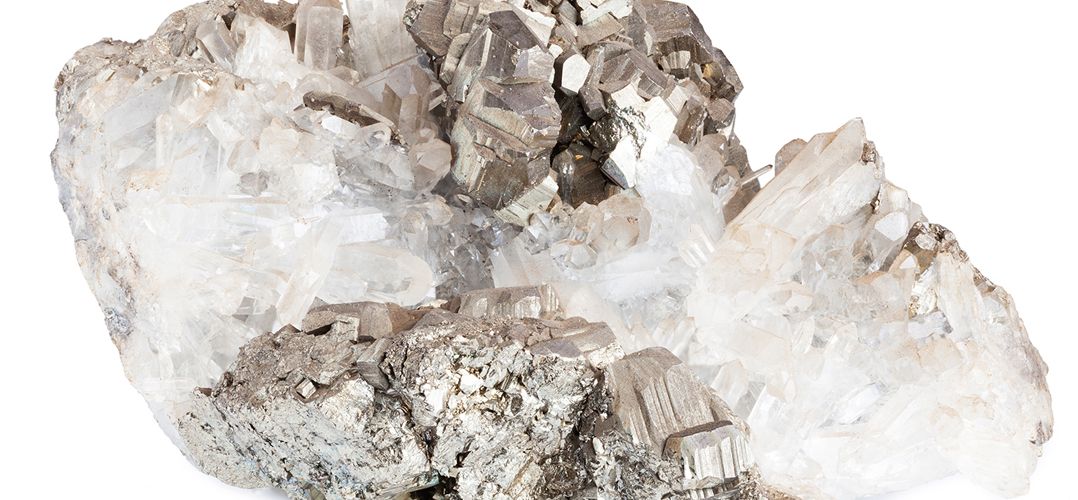
YELLOWS.
But, in fact, the only yellow paint in early ancient painting is yellow ocher. All natural ochers are compounds of alumina, silica and lime with an impurity of iron, their shades can be red, brown, purple, brown and even black tones. The colour depends on the oxidation state, the action of high temperature, impurities of foreign substances. The light-resistant, beautiful in colour natural ochers as earthen pigments had muted tonality and relative opacity, but the particles of their substance were finely ground, and therefore the paints from natural lands were successfully used in watercolour painting - transparent and opaque. The natural Siena land with a high iron content was especially high in quality.
Massycote is lead oxide with low colouristic features possessed all the disadvantages of lead pigments. In addition, the paint from this pigment was opaque and was suitable only for book miniatures and painting with whitewash.
Auripigment and realgar are two varieties of arsenic sulfur compounds, were found in nature. Carrot-coloured pigment, from fiery red to orange yellow, was known in Greece, and widely used in Rome under the name "sandarac". The application of beautiful bright lemon-yellow, golden, orange auripigment in medieval manuscripts is also confirmed. However, indications of its insufficient lightfastness, chemical interaction with lead whitewash, copper paints and poisonousness have already appeared in the Middle Ages.
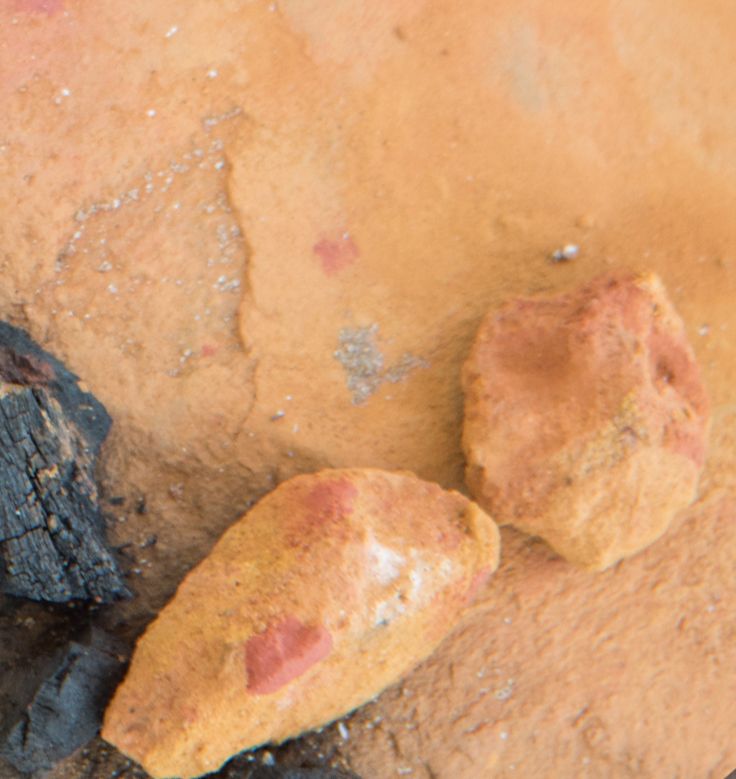

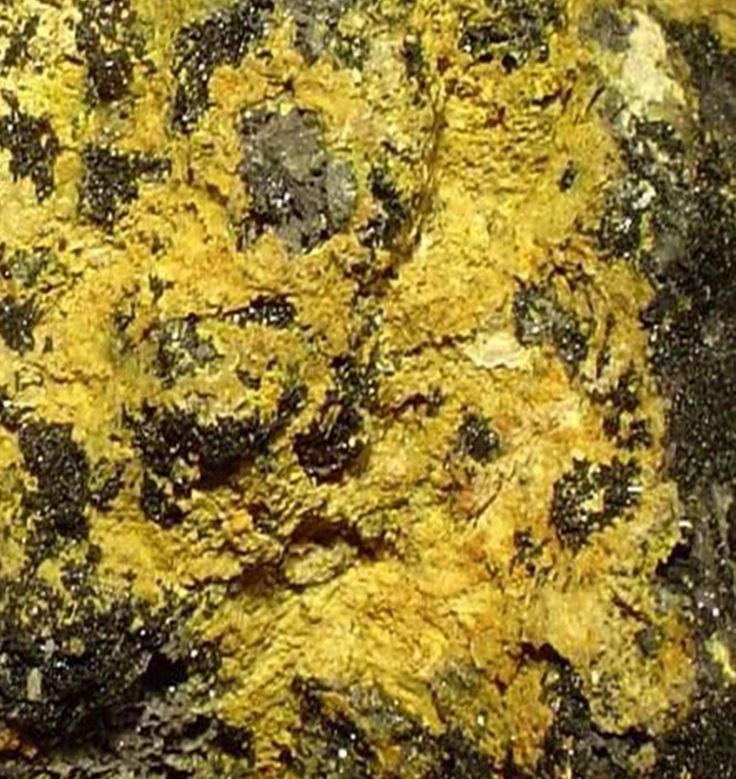
Neapolitan yellow is a paint that was made of natural volcanic pigment of various tints from light yellow to yellow-orange. Under the name giallolino (giallorino), Cennino Cennini recommended it to replace the auripigment. At the moment, we have this colour in our assortment, it has a high lightfastness and is called "Neapolitan yellow," an imitation of the colour of natural pigment is obtained by mixing zinc whitewash with various yellow and orange pigments.
YELLOW LAKES.
Another pigment of beautiful lemon-yellow colour with a greenish tint - luteolin, known as "weld" or "woold", was obtained from steppe reseda (Resedaluteola). It had good lightfastness and weak chemical activity, already mentioned in ancient authors as paint, used not only for painting fabrics, but also for artistic purposes.
Turmeric and gardenia (vonch-gin) are oriental pigments, appeared in European painting of the XVIII century due to the fashion for copying Chinese watercolour. The paints from them had excellent colour, but did not have lightfastness.
Saffron is a coloгring substance contained in the stigmas of the Crocussativus plant. The homeland of saffron is the East, from there the plant spread throughout the south of Europe and was cultivated in France, Italy, Austria, Russia. Also distributed on the north coast of Africa. The colouring substance of saffron is crocetin. The dye was considered very expensive, since to obtain 1 kg of saffron it is necessary to dry at least 80,000 flowers (in the XIX century in France they produced up to 15,000 kg of saffron per year).
Yellow plant extracts and varnishes were very fragile: they burned out from the light (that is, they had weak lightfastness) and changed in colour.
Indian yellow ( jaune indien) is the pigment of exclusive beauty, warm golden colour got into Europe from India at the end of the XVIII century. In the middle of the XIX century, the secret of the origin of Indian yellow was revealed - this is the magnesium salt of euxanthic acid, which was obtained from the urine of camels (according to other sources, cows, buffaloes or even elephants). It was probably a genus of urinary stone formed after animals eaten mango fruits. By the XX century, Indian yellow production was stopped. The pigment could also be artificially obtained from the juice of the plant, but the paint based on it was inferior in its qualities to natural ones.
Gummy-gutta is a pigment of lemon-yellow colour, appeared in European watercolour painting earlier than Indian yellow, in the late XVI-early XVII centuries. It also has the name gamboge - from the Cambodia River in Indochina. It is obtained from the plant Garciniamorella, a relative of mango trees. The pigment was by nature gum, already had ready-made properties for watercolour: it was excellent in colour, transparent, strongly coloured, had good lightfastness. Pigment is poisonous, its toxins have the strongest diuretic effect, and in addition, it was expensive. This paint was very popular with watercolourists of the XIX century.
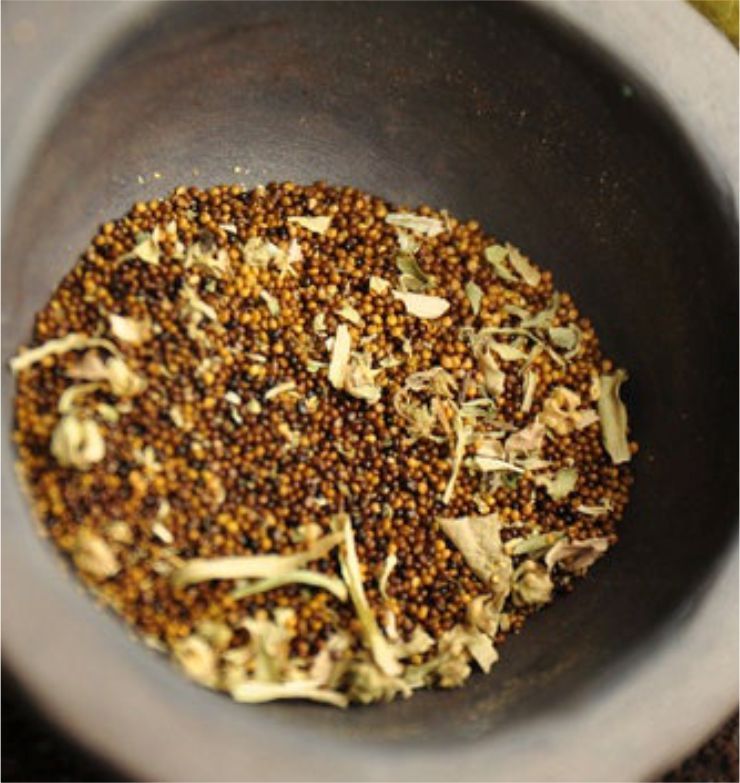
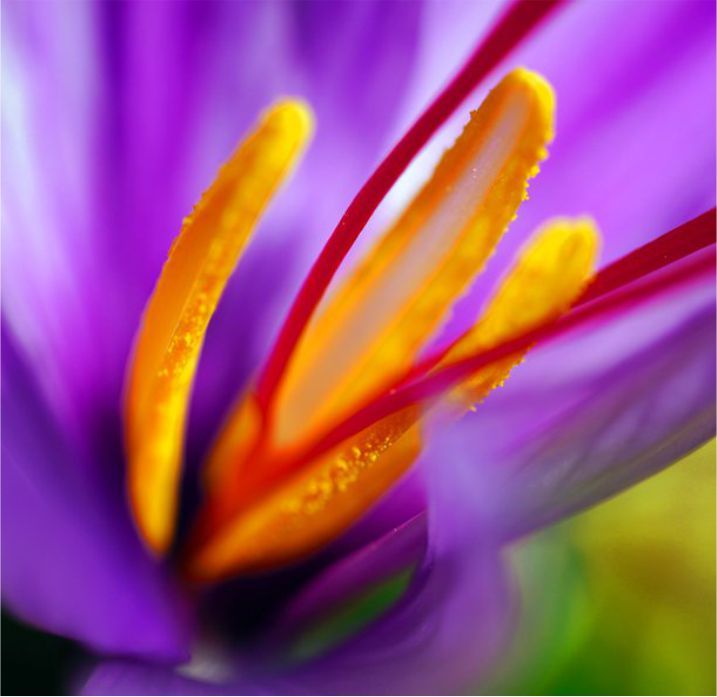

REDS.
RED LEAD AND VERMILION.
Red lead is a red pigment that was made from lead whitewash under the influence of high temperatures, the paint based on it had all the known drawbacks: turned black under the influence of sulfur compounds, oxidized and changed the color of organic pigments, was extremely toxic.
Vermilion is the most common mercury mineral in nature, the pigment from it turned out to be colder than red lead of scarlet colour. This mineral has been known since primitive times around the world. The largest vermilion deposit from Roman times until 1991 was developed near the Spanish city of Almadena. Sending to work in these mines was equivalent to the death penalty, rarely could anyone survive in the mines more than a year.
Vermilion was used for painting by ancient Chinese, Mayan Indians, ancient Romans, Russian icon painters, Italian Renaissance artists... Yet, the latter more often used artificial, less reliable vermilion, it faded over time, giving gray shades.
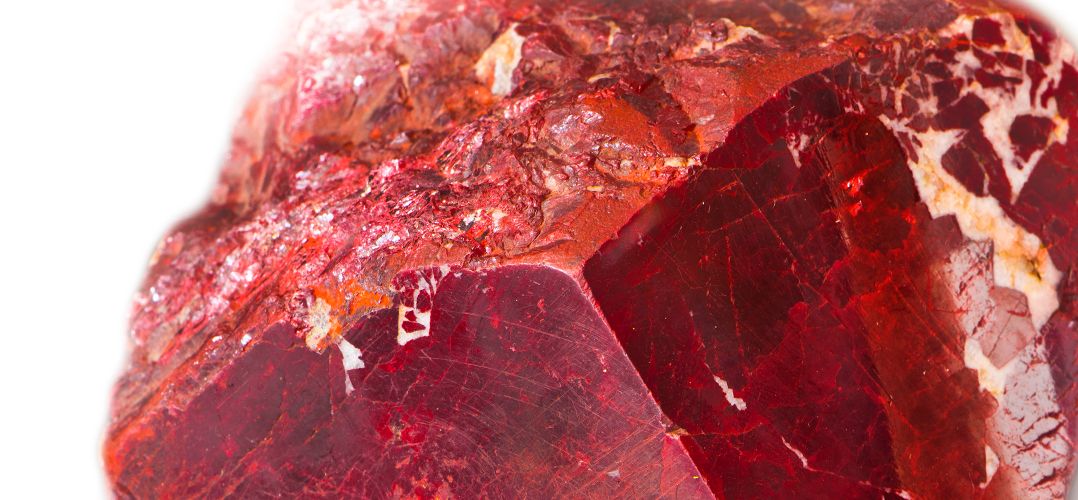
ORGANIC RED PIGMENTS.
Diverse and beautiful in shades, organic red pigments, like organic yellow, did not have durability. In addition, they were usually expensive to produce. Among them are kermes, cochineal, madder, orchil, seaweed, Caesalpínia, sandal, Paubrasilia echinata , etc. By the XVIII century, only carmine, madder and orchil retained an important role in the palette of painters.
Carmine is a pigment of striking beauty raspberry colour, high transparency, was cochineal and kermes. After the conquest of Mexico in 1510, the Spaniards brought to Europe a real treasure of the Incas and Aztecs - blood-red carmine. For a long time, the technology of its manufacture was in the strictest secret, because its trade brought great profit. Only in the XVII century did the Dutch begin to produce carmine. The colouring substance carmine - carminic acid - was obtained from female cochineal, a tiny insect parasitizing on a Mexican cactus of the genus opuntia (Opuntia). Of the 140,000 insects, only 1 kg of dry cochineal could be extracted. This expensive cochineal carmine had been dominated in watercolour since the end of the XVII century, but it had weak lightfastness, which caused the complete death of the colour of many works, and therefore now we cannot imagine what they were originally.
In Europe, much earlier, even before the imported Mexican carmine, a similar-colour pigment kermes was known and distributed, with a colouring substance - kermes (or carminic) acid. It was also obtained from dried insects - Kermes worms that lived on the holly tree. Possessing a less bright colour than cochineal carmine, kermes was more luminous, but since the beginning of the import of the Mexican cochineal, the value of kermes had continuously decreased and at the end of the XIX century a very small amount of it was consumed. Since the 50s of the XIX century, a genuine carmine was replaced by rose madder - garance.
Garance (rose madder, madder lake) is a plant dye from the roots of marena (Rubiatinctorum). It had an excellent magenta tone, high transparency and strength. Wild madder was distributed in the steppes of southern Europe, the Middle East, the Caucasus and further, up to China. Therefore, since ancient times, garance has been used in painting the countries of these regions. The cultivation of madder, the colouring substance of which consisted of light-resistant alizarin and less light-resistant purpurin, stopped in the last quarter of the XIX century, after German chemists Grebe and Lieberman in 1868 proposed a cheap industrial method for producing alizarin.
Dragon blood is bright red, orange-yellow or golden in colour gum of tropical plants (for example, covers the fruit of the Calamus Draco palm tree). This relatively durable pigment was more commonly used for decorative purposes.
Carthamin is a pigment with a colouring substance of pink colour with a characteristic golden shine. It was extracted from safflower petals, it was among the most expensive English and French colours for watercolour along with carmine, but did not have lightfastness.
BLUES.
Among the blue pigments, there were also two categories: excellent in tone and durability mineral and very weak organic.
Natural ultramarine (lazurite) is a pigment that is not comparable to any of the blue in beauty of a deep velvet tone and lightfastness, was made of azure stone (lapislazuri), which was delivered to Europe from Afghanistan by a large caravan route. Valuable lazurite was subjected to painstaking machining, after which up to 3 pounds of pigment could be obtained from 100 pounds of mineral. The ready pigment was sold on the weight of gold.
As a cheap replacement or falsification of expensive ultramarine, pigment from another mineral - azurite, similar in colour to semi-precious azurite, was often used. But this pigment was copper in nature (the hydrocarbonate of copper in chemical composition is close to the green mineral malachite) and was destroyed from sulfur compounds, and over time it generally changed colour to green. In the Middle Ages, copper blue was used much more often than in subsequent periods. Indigo is an expensive blue organic pigment. It was imported to Europe by the Dutch around 1645. Pigment was obtained in India from the juice of the dye shrub indigofera (lat. Indigoferatinctoria) and other indigonous tropical plants of the pea family, and in Europe from the woad grass (Isatistinctoria).
The colouring substance glucoside indican was dissolved in alkalis to white, then turned blue in air. In watercolours of all times, both in Europe and Asia, indigo was used, but it was not lightfast and had a somewhat dark tone, but it was transparent, was evenly applied to paper, was neutral to other pigments. On its basis, the widely used paints of neutral and payne's grey were made. At the end of the XIX century, indigo was artificially synthesized.
GREENS.
Copper pigments played an important role in the palette of artists. The most famous of them are the natural mineral malachite (coal copper) and copper acetate (acetic acid copper, which was obtained by oxidizing copper sheets with acetic acid with air). However, copper pigments were chemically very active, caused the breakdown of paper, and eventually lost their colour. In addition, many copper pigments were also poisonous substances. Nature has a rich green palette, but no bright and lightfast green colours for painting from organic pigments were obtained.

BROWNS.
Bistre is a transparent pigment of a calm dark brown-red tone, from which paint was made, which became the main one in watercolour drawings of the XVI-XVIII centuries. Descriptions of methods for producing bistre are found in medieval sources, it was prepared from soot from the combustion of beechwood. By the end of the XIX century, the bistre was replaced by sepia.
Other most famous brown pigments are earthen umbra and siena. By calcination at high temperatures, the pigments were given a warmer and darker brown tone.
Natural umbra (Cologne, Kassel, etc.) is natural land, manganese dioxide gives it colour. The burned umbra has a redder dark tone. It is possible that the umbra, as a variety of ochre, owes its name not to the Italian city of Umbria, as it is often thought, but to the shadow effect (the English word "umbrella" - the umbrella has the same Latin root), for the image of which paint was often used.
Natural siena is a natural pigment of light or dark brown colour with a yellow tint. It differs from ochre in the high content of iron hydroxides and the almost complete absence of clay, also in the composition of siena there is silica, oxides of manganese and magnesium. Siena deposits, which were used to obtain art pigment, were located in Italy (near the city of Siena), Germany, and Russia. The raw materials produced in the quarries were filtered, dried, milled and sieved. Siena had exceptional transparency and high lightfastness and climatic factors, combined with all pigments and binders.
The burned siena of a red-brown tone is capable of fine fragmentation of particles, covers paper well, is more lightfast than natural (raw) siena. In the XIX century it was widely used, also instead of a bistre.
The burned rose madder is a pigment of good quality, warm deep brown, it begins to be widely used in the XIX century.
Natural sepia (lat. sepia, from Greek σηπία - cuttlefish) is a pigment of a cold but pleasant brown tone, was made of the so-called ink bag (gland) of marine cephalopods - squid and cuttlefish, whose habitat is the English Channel and the Mediterranean. The beginning of its use dates back to the middle of the XVIII century, but is widely included in painting in the XIX century, replacing bistre.
Natural sepia has a very high colour intensity (colouring ability): it is known that the secret of one cuttlefish can paint and make opaque many thousand liters of water within a few seconds. In the XX century, natural pigment was replaced by a synthetic analogue.

